Someday, when we’ve got some serious time on our hands, we’ll do some research and try to learn about how and why lot lines were drawn when city blocks were established back in the 19th century. Was it good city planning back then to make lots as large as possible? To keep big lots with big lots and small lots with small lots? To mix things up? Today, an appropriate lot size for a home is considered to be 16’x60′, and even that is smaller than the zoning code permits by right. What was the ideal size in 1895? Who even made these decisions?
We bring this up as we ponder five little lots on the northeast corner of 27th & Oxford. These lots all measure somewhere between 15 and 16 feet wide, and each one is 35 feet deep. Here, take a look at the lots on this map from 1895:
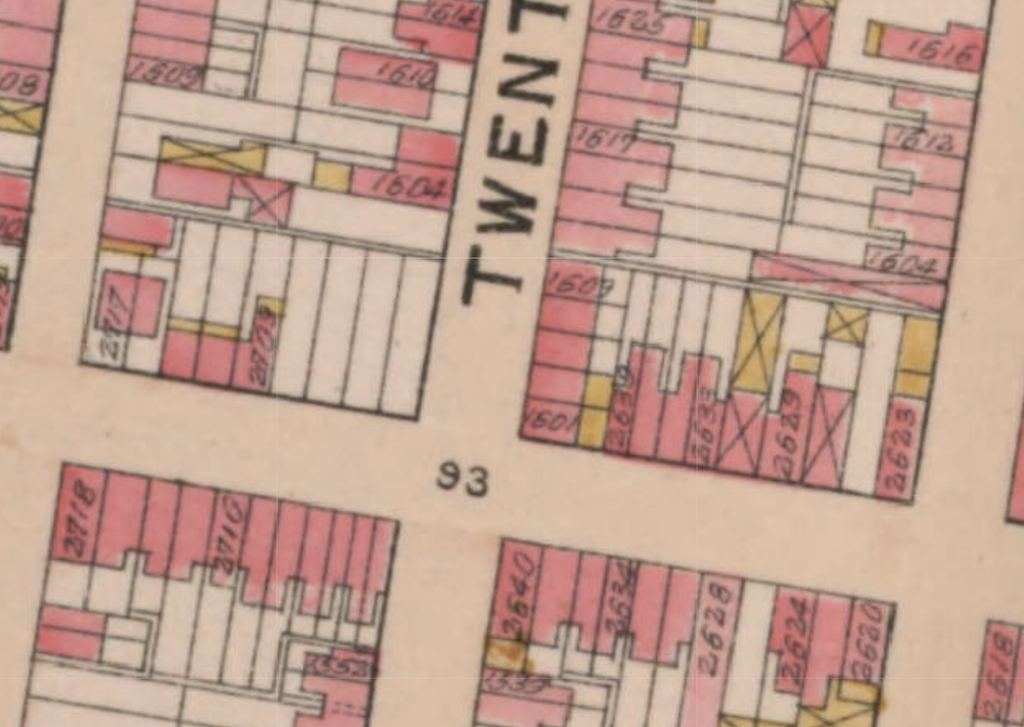
The two northern lots have been sitting vacant for at least a decade and a half. The remaining lots contained three vacant buildings, all in varying states of decay. We have to think that all three of these buildings were standing when the above map was drawn, and they were very much worse for the wear from the passage of time.
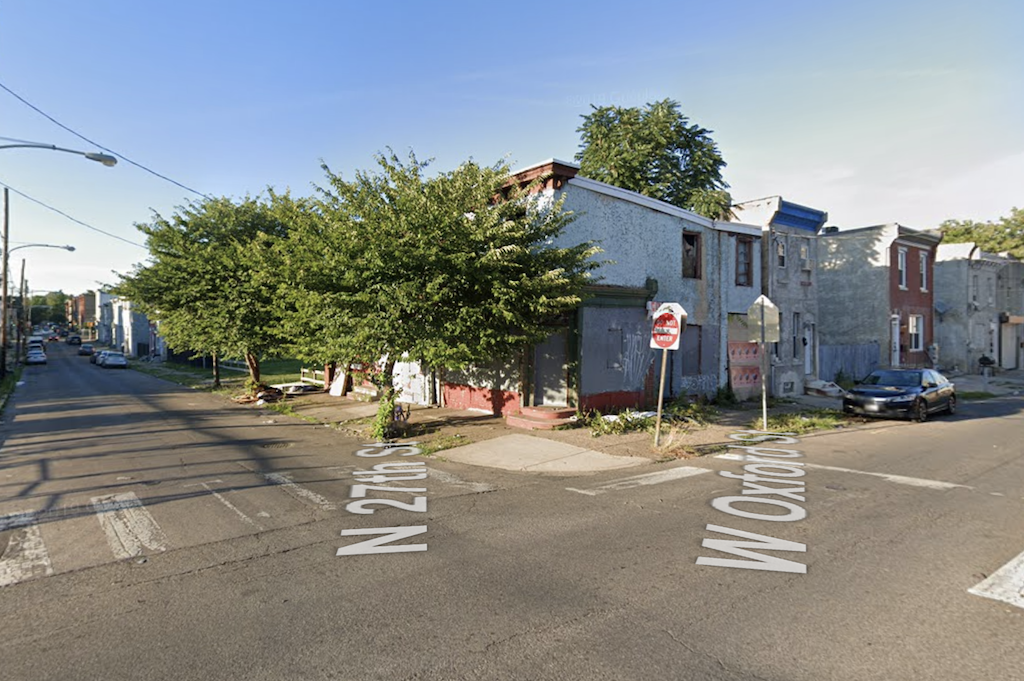
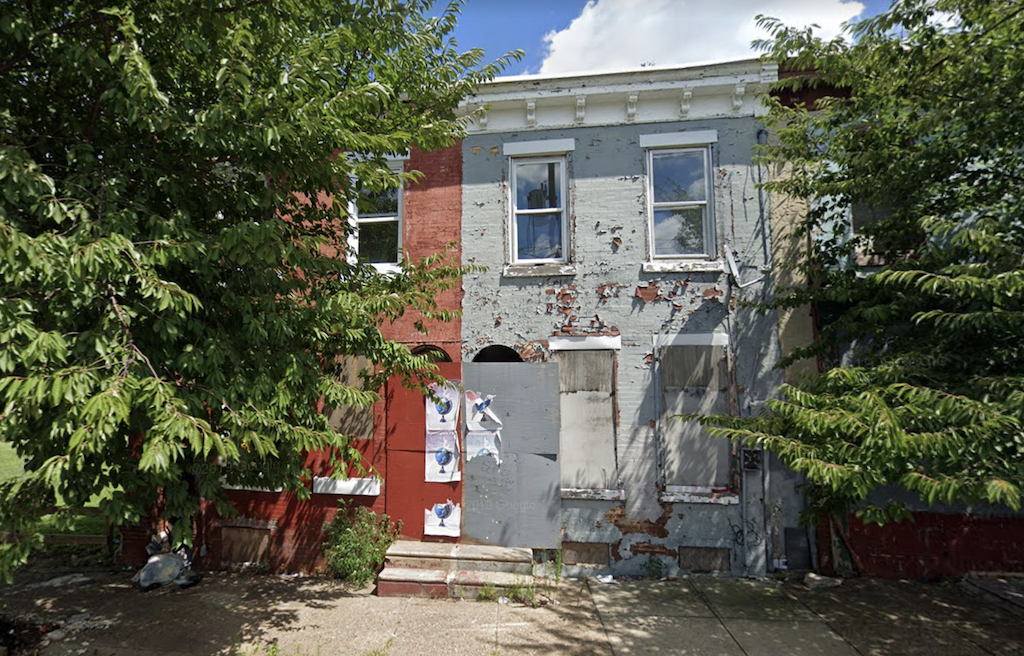
Developers purchased these old buildings last summer and mercifully demolished them soon after. The construction fence surrounding the property was what drew our attention in the first place. Within a few months, figure that construction fence will disappear, replaced by a construction site. They’re looking to build three homes here, on these little parcels, and due to the small lot sizes, needed zoning variances for each home.
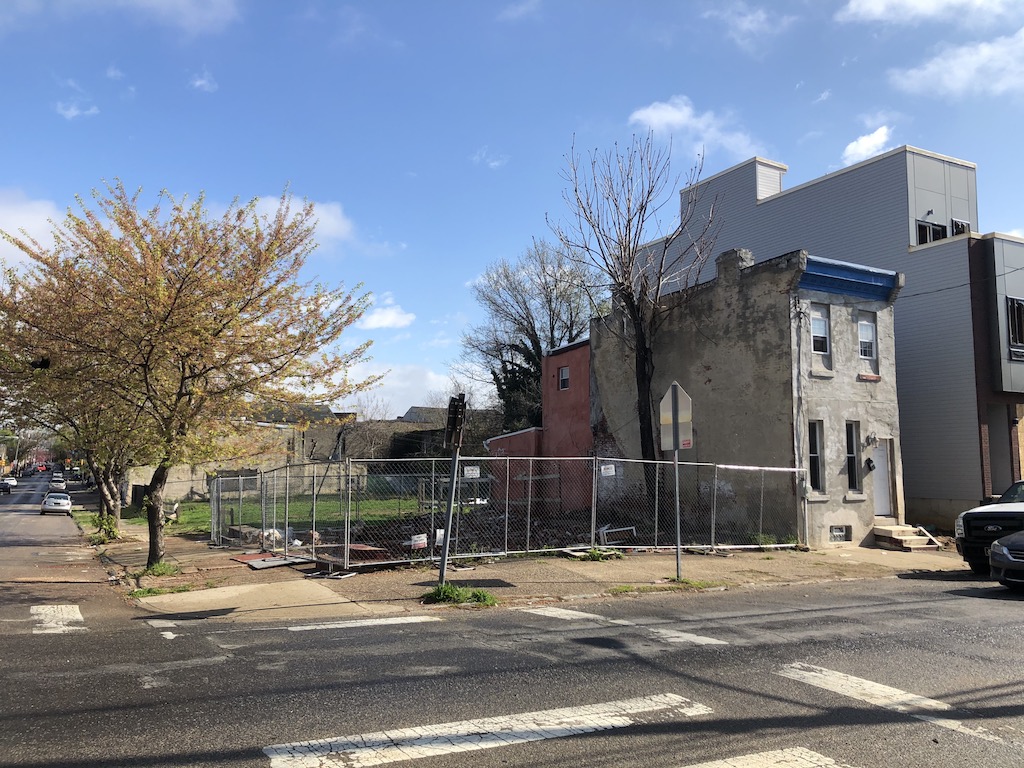
These little homes will likely be listed in the low to mid $300K range, if we’re guessing, which would represent a drop off from the recently constructed homes nearby, on the 2500 block of W. Oxford. Those homes are several feet deeper and sit in a slightly better location in our estimation, resulting in the higher prices. Incidentally, the relatively new home a couple doors down, at 2635 W. Oxford St., was listed for sale for $450K but didn’t find a buyer at that price point.
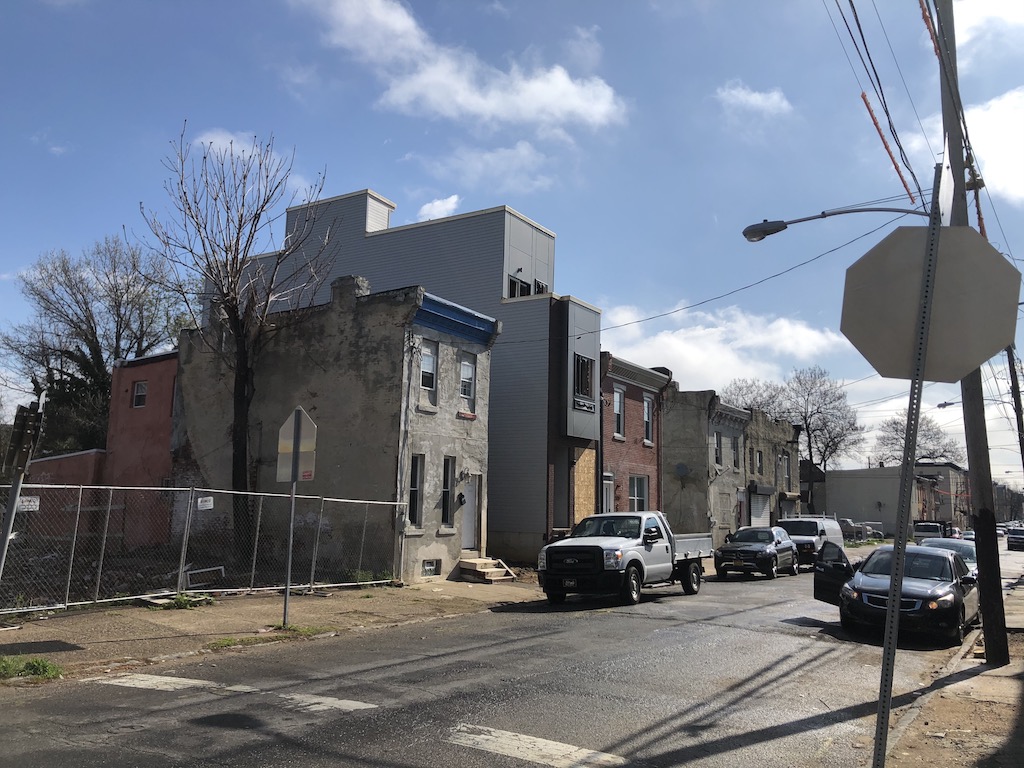

Some additional development in the immediate area would surely help sell that home. Several vacant properties nearby were recently acquired by developers, so figure there will be a few more projects on the horizon for this block. Lest you think the same thing will soon happen further up 27th Street, the vast majority of the vacant land on this block is owned by a church, which is certainly more promising than if it was owned by a City agency. If the church decides to sell off its vacant lots, we could see a tremendous amount of construction on this block very soon. Alternately, the church could keep its lots and we could see continued vacancy for years to come. Here’s to hoping it’s the former.
